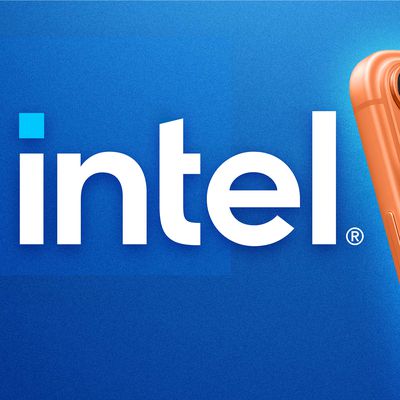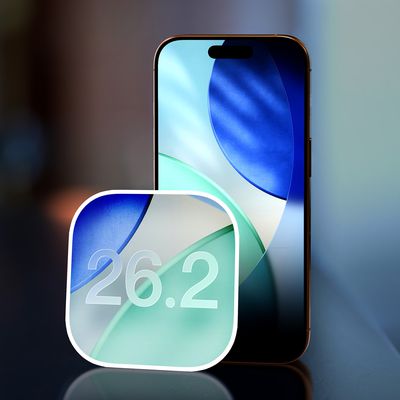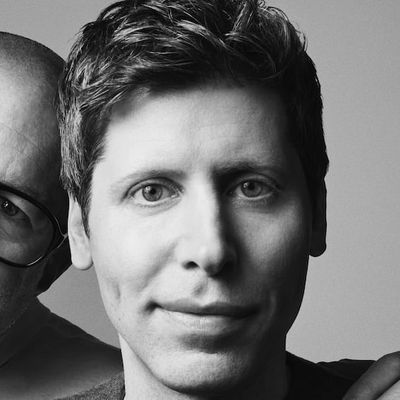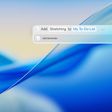A Look at How GT Advanced Makes Sapphire Glass for Smartphone Displays
Yesterday, the State of Arizona and GT Advanced announced that Apple is building a new 700-employee factory in Arizona to make sapphire glass. Apple will contract with GT Advanced, with that company owning and operating furnaces and related equipment at the facility.
Back in April, Pocketnow went to GT Advanced's factory in Massachusetts to find out how sapphire displays are made. It's likely that the facility in Arizona will use a similar process, though we do not yet know what Apple will use the sapphire for. A safe bet would be the company's rumored smart watch product -- many luxury watches use sapphire glass because of its durability.
The process is relatively straightforward: a sapphire seed, about the size and shape of a hockey puck, is placed at the bottom of a single-use molybdenum barrel called a crucible. The crucible is then filled with a mixture of condensed corundum -a crystalline form of aluminum oxide- and a material called “crackle,” sapphire material left over from previous runs. The full crucible is then placed inside the furnace, where it sits atop the “finger,” a small liquid helium-cooled platform that prevents the sapphire seed from melting too early. The furnace is sealed, the air is evacuated, and the temperature is brought up to 2100 degrees Celsius to allow the materials to melt together. (The video says 2200, but that’s wrong. It’s 2100, for all you making-sapphire-at-home hobbyists.) The material is put through a series of cooling cycles over the next 16 or 17 days, during which time the sapphire slowly crystallizes from bottom to top. The end result is this: a 115kg cylindrical section of industrial sapphire called a “boule.”
The new factory is expected to use next generation, large capacity furnaces with an emphasis on lower cost, higher volume sapphire glass manufacturing.
Apple currently uses small pieces of sapphire glass -- which provides superior durability and scratch resistance to other forms of glass -- to protect the cameras on the iPhone and on the home button for the new Touch ID-equipped iPhone 5s. A report from earlier this year suggested that future smartphones may use sapphire, a crystalline form of aluminum oxide, instead of more traditional forms of glass.
Popular Stories
Apple is about to release iOS 26.2, the second major point update for iPhones since iOS 26 was rolled out in September, and there are at least 15 notable changes and improvements worth checking out. We've rounded them up below.
Apple is expected to roll out iOS 26.2 to compatible devices sometime between December 8 and December 16. When the update drops, you can check Apple's servers for the ...
Intel is expected to begin supplying some Mac and iPad chips in a few years, and the latest rumor claims the partnership might extend to the iPhone.
In a research note with investment firm GF Securities this week, obtained by MacRumors, analyst Jeff Pu said he and his colleagues "now expect" Intel to reach a supply deal with Apple for at least some non-pro iPhone chips starting in 2028....
Apple is encouraging iPhone users who are still running iOS 18 to upgrade to iOS 26 by making the iOS 26 software upgrade option more prominent.
Since iOS 26 launched in September, it has been displayed as an optional upgrade at the bottom of the Software Update interface in the Settings app. iOS 18 has been the default operating system option, and users running iOS 18 have seen iOS 18...
Apple today seeded the release candidate versions of upcoming iOS 26.2 and iPadOS 26.2 updates to developers and public beta testers, with the software coming two weeks after Apple seeded the third betas. The release candidates represent the final versions of iOS 26.2 and iPadOS 26.2 that will be provided to the public if no further bugs are found during this final week of testing....
In a statement shared with Bloomberg on Wednesday, Apple confirmed that its software design chief Alan Dye will be leaving. Apple said Dye will be succeeded by Stephen Lemay, who has been a software designer at the company since 1999.
Meta CEO Mark Zuckerberg announced that Dye will lead a new creative studio within the company's AR/VR division Reality Labs.
On his blog Daring Fireball,...
We're getting closer to the launch of the final major iOS update of the year, with Apple set to release iOS 26.2 in December. We've had three betas so far and are expecting a fourth beta or a release candidate this week, so a launch could follow as soon as next week.
Past Launch Dates
Apple's past iOS x.2 updates from the last few years have all happened right around the middle of the...
Apple is expected to launch a new foldable iPhone next year, based on multiple rumors and credible sources. The long-awaited device has been rumored for years now, but signs increasingly suggest that 2026 could indeed be the year that Apple releases its first foldable device.
Subscribe to the MacRumors YouTube channel for more videos.
Below, we've collated an updated set of key details that ...
A U.S. appeals court has upheld a temporary restraining order that prevents OpenAI and Jony Ive's new hardware venture from using the name "io" for products similar to those planned by AI audio startup iyO, Bloomberg Law reports.
iyO sued OpenAI earlier this year after the latter announced its partnership with Ive's new firm, arguing that OpenAI's planned "io" branding was too close to its...
The iPhone Air has recorded the steepest early resale value drop of any iPhone model in years, with new data showing that several configurations have lost almost 50% of their value within ten weeks of launch.
According to a ten-week analysis published by SellCell, Apple's latest lineup is showing a pronounced split in resale performance between the iPhone 17 models and the iPhone Air....
iPhone 17 Pro models, it turns out, can't take photos in Night mode when Portrait mode is selected in the Camera app – a capability that's been available on Apple's Pro devices since the iPhone 12 Pro in 2020.
If you're an iPhone 17 Pro or iPhone 17 Pro Max owner, try it for yourself: Open the Camera app with Photo selected in the carousel, then cover the rear lenses with your hand to...


























